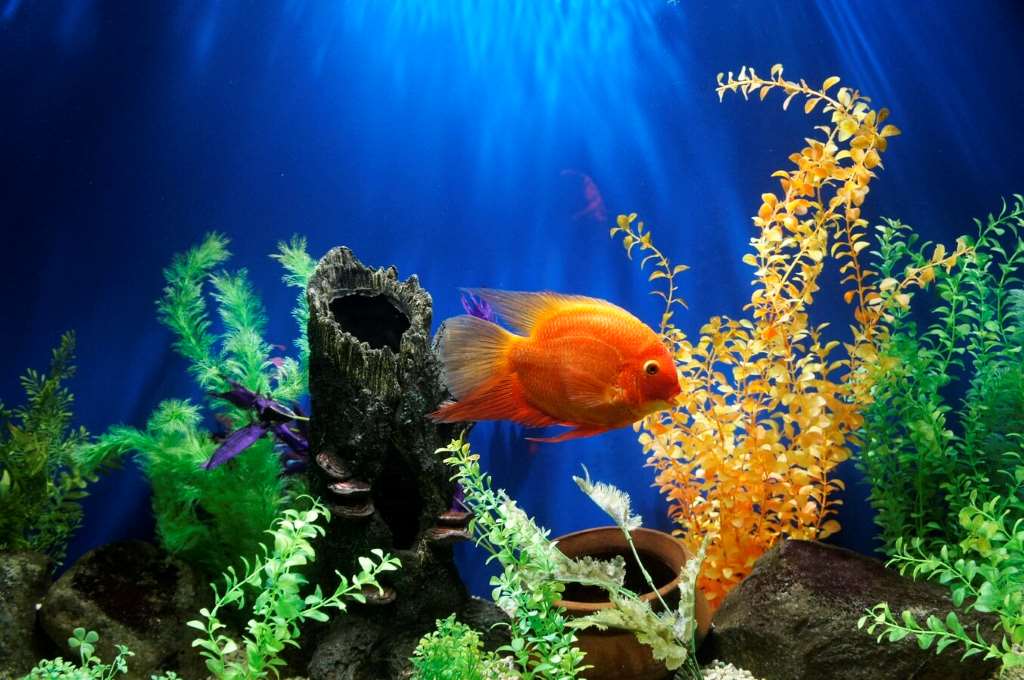Setting up a new aquarium is an exciting endeavor, filled with the promise of creating a vibrant underwater ecosystem. However, before introducing fish, it’s crucial to understand and properly execute the process known as underwater world cycling. This seemingly invisible but essential phase lays the foundation for a healthy and stable environment where your aquatic pets can flourish.
Understanding the Nitrogen Cycle
At the heart of cycling is the nitrogen cycle, a natural biological process that transforms harmful waste products into less toxic substances. In a new aquarium, these beneficial bacteria aren’t present in sufficient numbers yet. Cycling involves nurturing their growth so they can effectively maintain water quality. While monitoring the progress of your aquarium cycling, you might also be curious about how to tell if a fish is female, as understanding your fish’s gender can aid in proper care and breeding practices.
The key players in this cycle are:
- Ammonia: Fish waste and decaying matter release ammonia, which is highly toxic to fish.
- Nitrosomonas Bacteria: These bacteria convert ammonia into nitrite, which is still harmful.
- Nitrobacter Bacteria: These bacteria transform nitrite into nitrate, which is much less toxic and can be managed through regular water changes.
Methods for Cycling
There are two main approaches to cycling a fish tank:
1. Fishless Cycling
This method is the most ethical and stress-free for fish. Here’s how it works:
- Set up the tank: Install the filter, heater, substrate, and decorations. Fill the tank with water and treat it with a dechlorinator to remove harmful chlorine and chloramine.
- Introduce an ammonia source: You can use pure ammonia solution (following dosage instructions carefully), fish food, or even decaying shrimp pellets.
- Monitor water parameters: Test for ammonia, nitrite, and nitrate levels regularly using a reliable test kit.
- The process: Initially, ammonia levels will spike, followed by nitrite as the bacteria colonies grow. Eventually, nitrite will drop, and nitrate will rise. Once ammonia and nitrite are undetectable, and nitrate is present, your tank is cycled!
- Partial water change: Perform a partial water change to reduce nitrate levels before adding fish.
2. Fish-In Cycling
While not ideal, cycling with a few hardy fish is possible. However, it requires extra vigilance and care.
- Start with a small number of hardy fish: Choose species known for their resilience, such as zebra danios or white cloud mountain minnows.
- Frequent testing and water changes: Test water parameters daily and perform partial water changes (10-25%) whenever ammonia or nitrite levels rise.
- Patience: This method can take longer than fishless cycling, so be prepared for several weeks of monitoring and water changes.
Tips for Successful Cycling
- Patience is key: Cycling can take anywhere from a few weeks to a couple of months, depending on the method and conditions. Don’t rush the process.
- Maintain consistent temperature: A stable temperature supports bacterial growth.
- Avoid overfeeding: Excess food can create an ammonia overload and stall the cycle.
- Consider a bacteria booster: Commercial products containing beneficial bacteria can help jump-start the cycle.
- Research your fish species: Ensure you understand their specific needs and water parameters before introducing them to the tank.
The Importance of Cycling
Proper cycling is not just about avoiding immediate fish fatalities; it’s about creating a thriving ecosystem that promotes long-term health and happiness. A well-cycled tank is more resistant to disease outbreaks, less stressful for fish, and easier to maintain.
Remember, patience and diligence are your allies during this crucial phase. By understanding the nitrogen cycle in underwater world and following the steps outlined above, you’ll set the stage for a beautiful and thriving underwater world that you can enjoy for years to come.





Average Rating